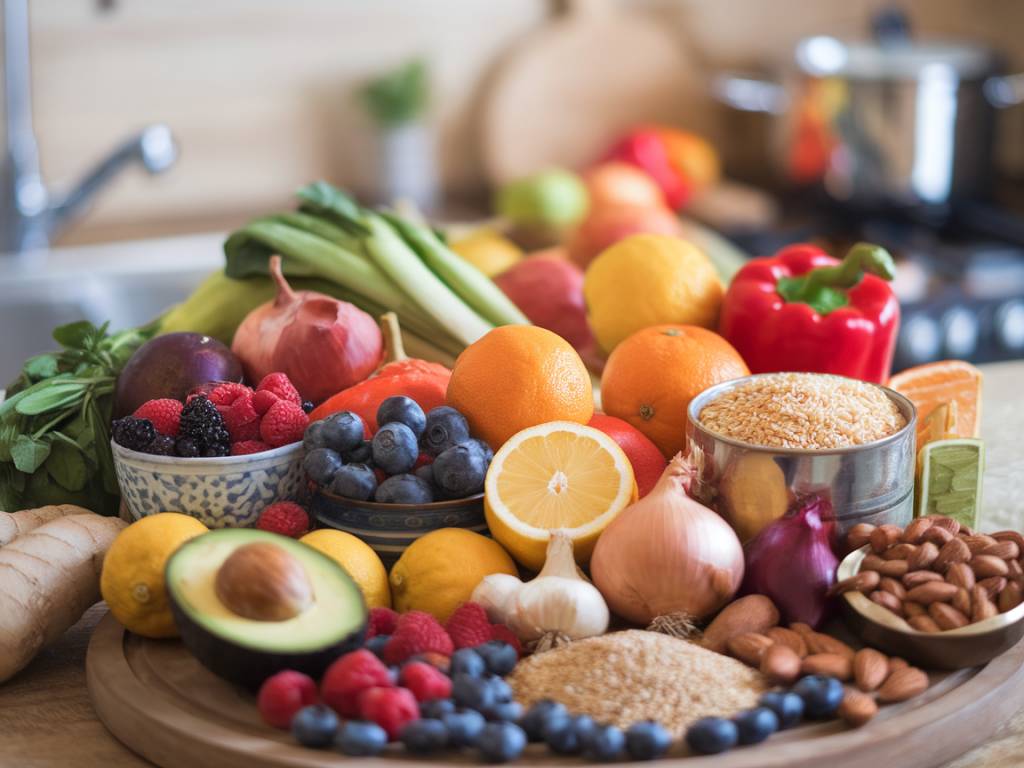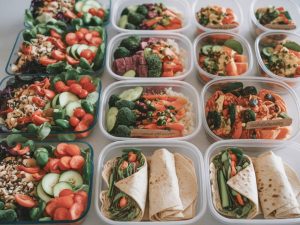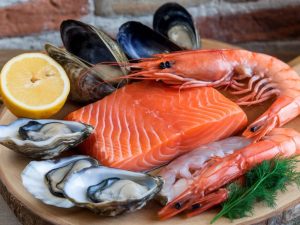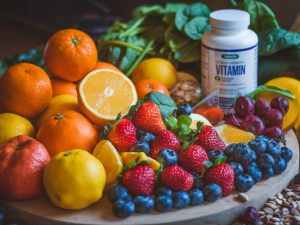A guide to anti-inflammatory foods for a healthier lifestyle

A guide to anti-inflammatory foods for a healthier lifestyle
Why Should You Care About Anti-Inflammatory Foods?
Have you ever wondered why chronic inflammation is considered the “silent culprit” behind so many health issues? From heart disease and diabetes to joint pain and even brain fog, inflammation plays a significant role in our overall wellness. But here’s the good news: the food you eat can either fuel or fight inflammation. And lucky for us, Mother Nature has provided a bounty of delicious anti-inflammatory foods to help us lead healthier, happier lives.
So, let’s dive into how you can fill your plate with inflammation-fighting powerhouses—and maybe even learn to love kale. Or not, no pressure.
What Are Anti-Inflammatory Foods?
First things first: what makes a food “anti-inflammatory”? Simply put, these are foods rich in nutrients like antioxidants, omega-3 fatty acids, and certain vitamins and minerals that work to reduce harmful inflammation in the body. Think colorful fruits, leafy greens, and even dark chocolate (yes, you read that right!).
On the flip side, processed sugars, refined carbs, and trans fats are like throwing gasoline on the fire of inflammation. So, if your diet consists mainly of cookies and chips, it might be time for a little reboot.
Anti-Inflammatory All-Stars You’ll Want in Your Kitchen
Here’s a list of superstar foods that pack a serious anti-inflammatory punch:
- Fatty Fish: Salmon, mackerel, sardines, and tuna are high in omega-3 fatty acids, which help reduce inflammation and support brain health.
- Leafy Greens: Spinach, kale, and Swiss chard are loaded with antioxidants and vitamins that fight inflammation.
- Berries: Blueberries, strawberries, and raspberries are not only delicious but also brimming with polyphenols and other antioxidants to keep inflammation at bay.
- Turmeric: This bright orange spice contains curcumin, a natural anti-inflammatory compound. A pinch in your soup or smoothie goes a long way!
- Olive Oil: Extra virgin olive oil is a staple in many healthy diets, for good reason—it’s rich in healthy fats and anti-inflammatory properties.
- Nuts: Almonds and walnuts are great snack options that contribute to reducing inflammation.
- Whole Grains: Brown rice, quinoa, and oatmeal offer fiber and nutrients that fight inflammation and stabilize blood sugar.
- Green Tea: Swap your coffee for green tea a few times a week—it’s loaded with catechins, powerful antioxidants with anti-inflammatory effects.
- Dark Chocolate: Yes, there’s room for indulgence—choose dark chocolate with at least 70% cocoa for its flavonoids and anti-inflammatory benefits.
Simple Swaps for an Inflammation-Free Diet
Think incorporating these foods into your daily life sounds complicated? Not at all. Here are some easy swaps you can start making right now:
- Trade your morning bagel for oatmeal topped with fresh berries and a dollop of almond butter.
- Swap your salad dressing for a drizzle of olive oil and a squeeze of lemon.
- Replace sugary cereals with a smoothie made from spinach, frozen fruit, and a dash of turmeric.
- Substitute white rice for quinoa or farro in your grain bowls or dinner sides.
- Snack on a handful of walnuts or almonds instead of chips or sugary granola bars.
Meal Ideas to Get Started
Need some inspiration? Here are a few meal ideas to jumpstart your anti-inflammatory lifestyle:
- Breakfast: Scrambled eggs with sautéed spinach and cherry tomatoes, paired with green tea.
- Lunch: A quinoa bowl loaded with roasted salmon, kale, and a lemon-olive oil dressing.
- Dinner: Grilled chicken with a side of roasted Brussels sprouts and sweet potatoes.
- Snack: A piece of dark chocolate with a handful of walnuts.
- Beverage: A refreshing green tea iced latte with a sprinkle of cinnamon.
Tips for Sticking to an Anti-Inflammatory Diet
Making lifestyle changes can be tough, especially when it comes to your diet. Here are a few tips to make the transition smoother:
- Prep Ahead: Dedicate a few hours every week to meal prepping. Having ready-to-eat meals and snacks on hand will save you from less healthy choices during busy days.
- Don’t Overthink It: Start small! Incorporating one or two anti-inflammatory foods a day is a step in the right direction.
- Find Joy in Your Food: Experiment with new recipes and flavors—you might discover a love for roasted Brussels sprouts or turmeric-laced lattes!
- Stay Consistent: Consistency is key; it’s okay to indulge occasionally, but aim to make anti-inflammatory foods the core of your diet.
The Power of Lifestyle Choices
While adding anti-inflammatory foods to your diet is a fantastic step, don’t forget that other lifestyle factors play a crucial role in keeping inflammation under control. Regular exercise, adequate sleep, and stress management (hello, yoga and meditation) are just as important as what’s on your plate.
After all, food is only part of the equation for a healthier, inflammation-free lifestyle. Pair it with an active, balanced lifestyle, and you’ll be doing your body—and mind—a world of good.
Wrapping It All Up
Making anti-inflammatory foods a regular part of your diet doesn’t have to be complicated—or boring. Whether you’re savoring a handful of blueberries, spicing up your meals with turmeric, or indulging in a square of dark chocolate, every choice adds up to a healthier, more vibrant you.
Your journey to wellness starts with small steps, one delicious bite at a time. So, which anti-inflammatory food will you add to your plate today?







